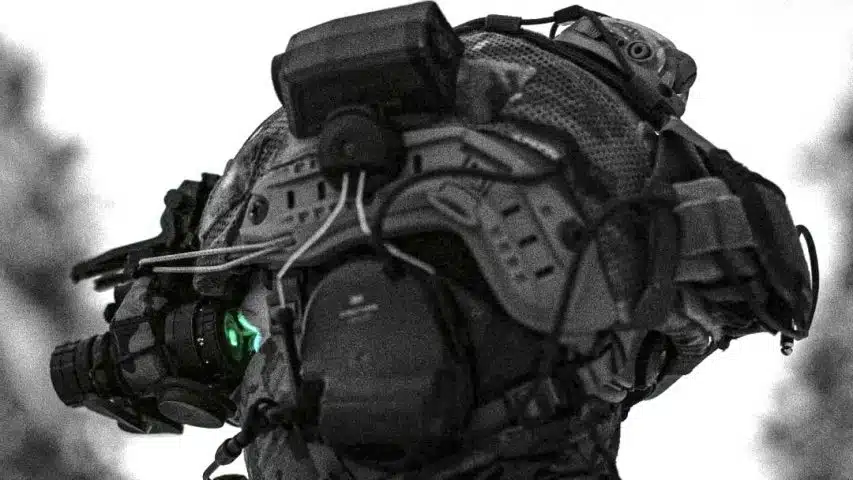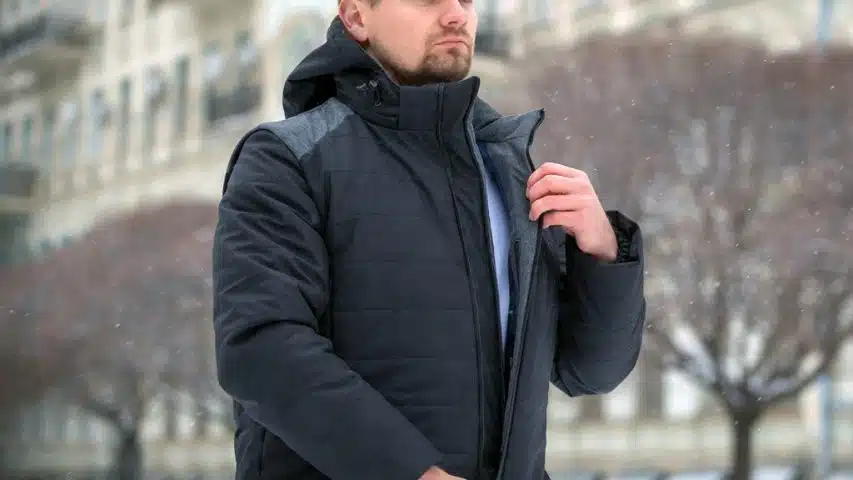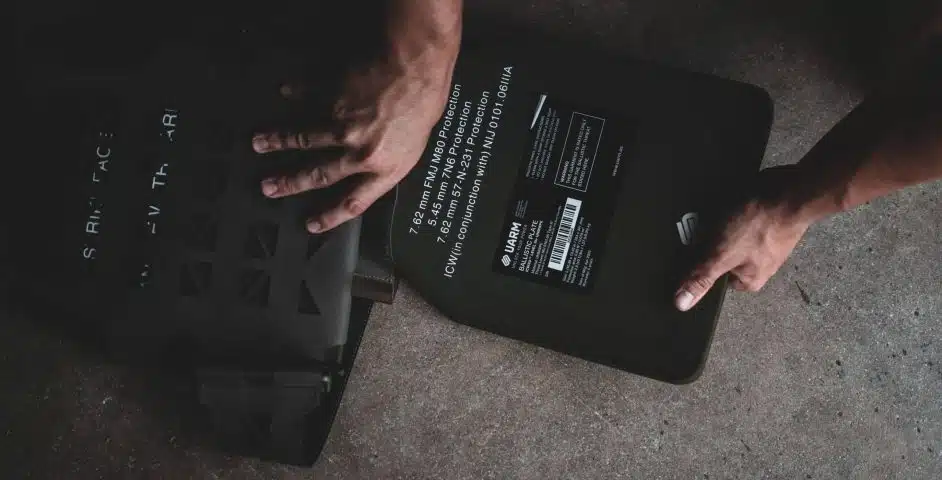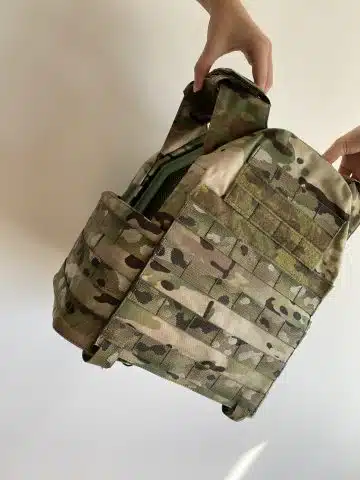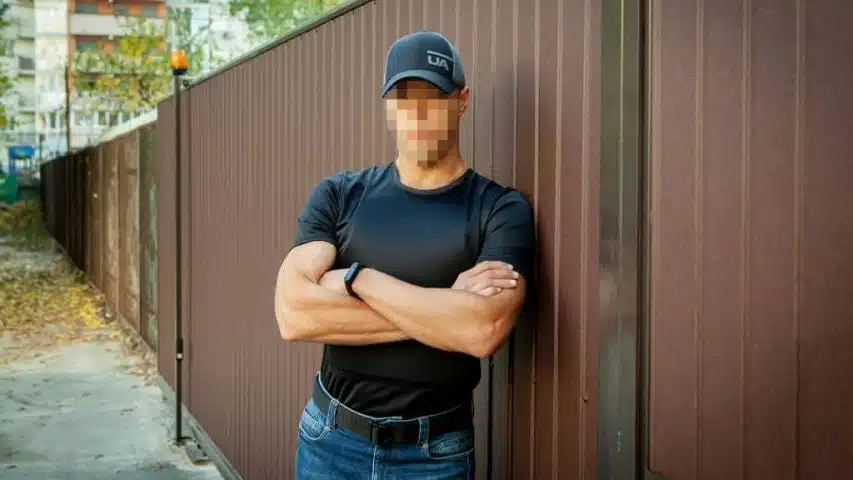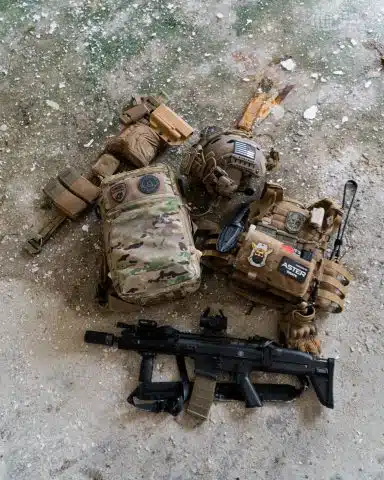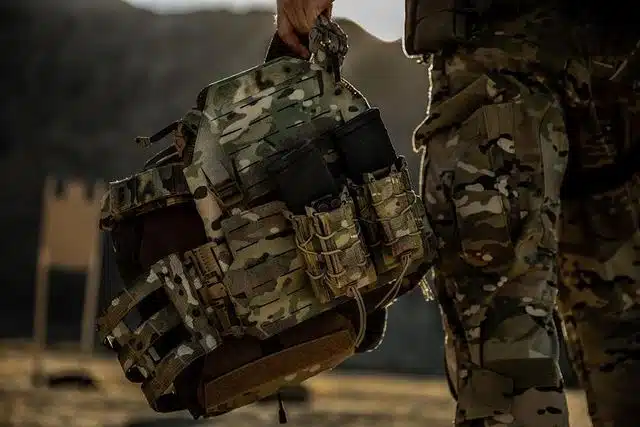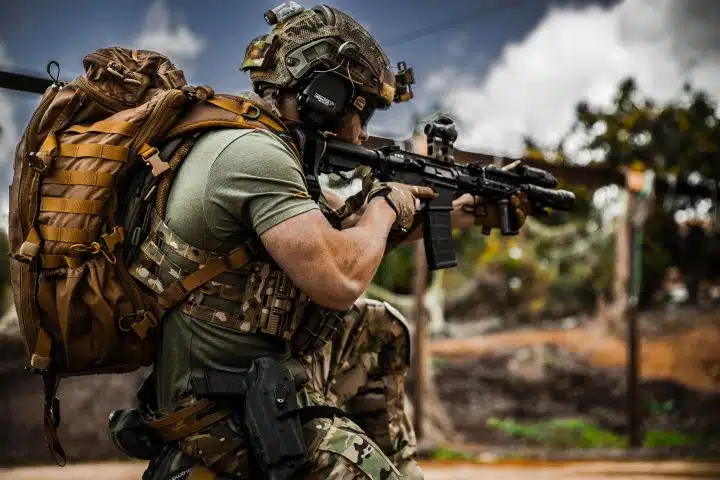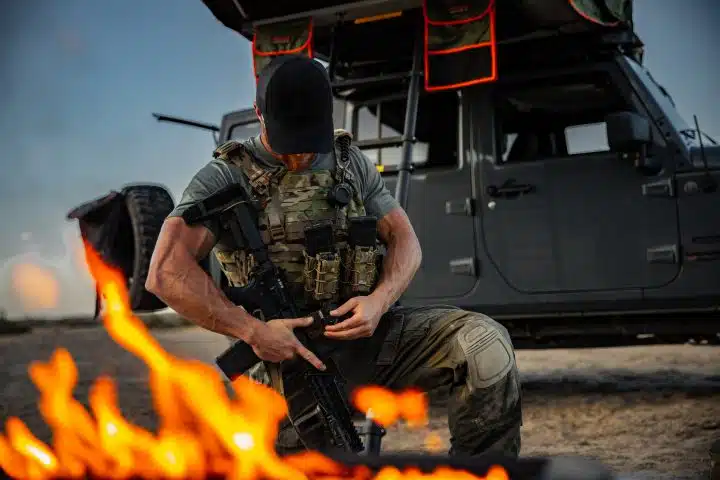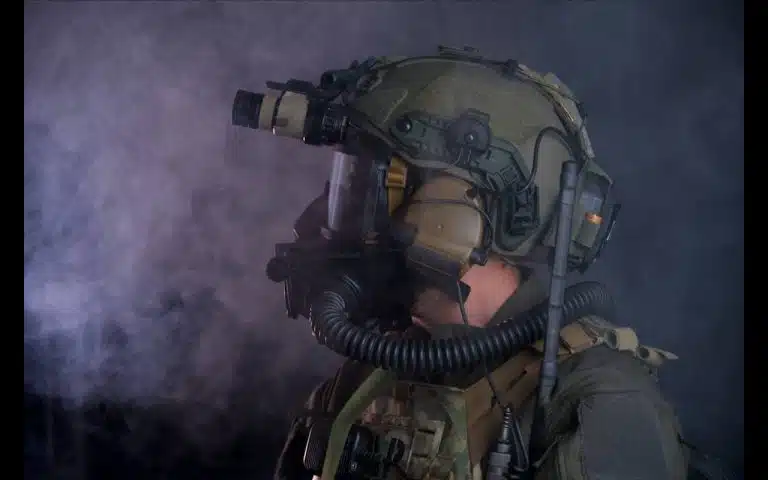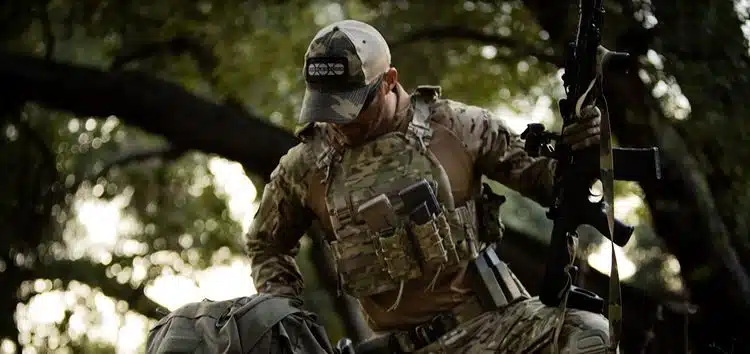It is easy to imagine any type of armor as a shield that keeps a barrier between us and the things that want to do us harm. But, the way soft body armor works is the opposite, using layers upon layers of tightly-woven fabric to catch the round and dissipate the impact without allowing penetration.
Unlike hard plates, soft armor adopts the ‘Bruce Lee’ school of thought and acts more as water than as a rock. It twists and folds so to absorb as much of the force over a larger area. This way what started as a miniature penetrative piece of metal becomes a wide ball of fabric.
This fabric can still hurt and leave you bruised, but there is little danger for your life. You will be able to walk away from being shot, which is the real reason why you are wearing a bulletproof vest.
There are four main reasons why most people chose to wear soft body armor over its alternatives:
- It is very lightweight and flexible
- You can wear it comfortably for hours
- It can be easily hidden being clothes
- It will protect you from most common rounds
The fact that wearing soft body armor can easily become a routine that doesn’t otherwise affect your lifestyle is a major boon. This way you can act naturally and go about with your business with confidence, and still stay protected.
For most dangerous jobs that can still be counted as ‘civilian’, this type of armor is often the best choice.
Intricate Web of Defense
While the fibers inside a bulletproof vest are not that different from regular cloth, and even used to be just that, the way they are packed, positioned, and woven are completely different. As to make the end product as tough as possible, all fibers need to rely on the ones behind them, leaving no weak spots.
Additionally, regardless of how the projectile hits the armor, it will always go against the grain. Even with each layer having a regular crisscross pattern similar to a wicker basket, the fibers are so small and tight, and each layer is under a different angle. That way, even the best shot will not penetrate to the person behind the vest.

Finally, as there is no space between the layers, there is nothing to sustain the momentum of the projectile. This way the bullet needs to pull on all of the layers and a major part of the vest itself if it wants to move.
The result is a large and relatively slow lump of fabric where there was once a very dangerous bullet.
Physics behind Soft Body Armor
When under the effect of overwhelming force, each material has only two options. It can either beak the bonds that hold it together and tear apart, or it can bend to accommodate the change in force.
Soft body armor chooses the latter, flexing and pulling to dissipate the force to a larger area. The fivers catch the bullet and wrap around transferring as much force as possible to layers and fibers next to them, who then also bend.
Dissipation
Even though you don’t see it once a hit piece of armor is flattened, the fibers will force the bullet to change its direction, often several times in that split of a second. Each change further dissolves the momentum of the projectile and transfers it to the sides, rather than forward.
While some of the force will eventually end up back at the wearer of the armor, the resulting psi will be just a small fraction of the original round. While a 9mm bullet has a force of around 35000 psi, the wearer of a soft bulletproof vest might experience only around 200 psi on their side.
Preventing Penetration
Any bullet will be able to pass a single layer of fibers. Simply, there wouldn’t be enough strings to dissipate the force to, and they would break. Even in modern armor, you will notice that some penetration into the vest did happen, depending on the strength of the round.

But, as you stack more layers over each other, they gain disproportionately more strength because the tensile forces square with each layer.
It is a similar principle to how rope works. While a single string can take only a bit of weight, when you weave a dozen together it becomes a fairly strong rope. Only about 2mm of difference in thickness between NIJ Level IIa body armor and NIJ Level IIIa are the difference between a .44cal magnum passing through and staying inside the vest.
Fiber Folding
Soft body armor needs to stay soft. The fact it will fold and flex is not only a welcomed benefit in action but also the core of its function.
Without this bend, the fibers wouldn’t be able to pull on enough of the layers to dissipate the impact to the fullest. This is why frozen body armor loses most of its defense capabilities, as well as those heated or left in direct sunlight for prolonged periods.
Keeping the armor in good condition will not only make it more comfortable to wear, but it will also be more protective and durable.
Benefits of Soft Body Armor
The four main benefits of soft body armor can impact various situations. It’s lightweight and low profile means that it can be comfortably worn for a long time, as well as concealed under regular clothes.
For situations where you don’t want anyone to know that you are wearing body armor, soft armor is ideal. In most cases, it will do nothing more but give you half an inch around your chest, which is usually a good thing.
Also, the flexibility of the armor means that you will retain almost all of your flexibility and maneuverability. Anything you can do without armor you will still be able to achieve while being protected.

Finally, the fact that it weighs less than a leather jacket means that you won’t get tired of wearing it. It will not stop you from running, jumping, or even swimming in it. Your buoyancy will be slightly diminished, but nothing more than slightly increased muscle mass would do.
Dangers of Soft Body Armor
There are three big downsides to using soft body armor.
Primarily, even the best soft body armor will only protect you from sidearm rounds. Military-grade rifle rounds will still pass through the armor with sufficient force to do more than enough damage to your body. If you are under fire from rifles, you will want to use an external carrier with hard plate armor.
Subsequently, even though the ~200 psi of force that will transfer to your body sounds insignificant compared to a bullet, it is still a force of a serious punch. And because you are wearing it next to your skin some bruising and swelling are to be expected. If you are shot in your ribcage there is a high chance of fracture.
In any case, it is good practice to visit a doctor if you have been shot at.
Finally, there are sometimes psychological effects when wearing covert vests. Inexperienced users tend to see it as a trump card, and not as a last resort. You don’t want to get shot, with or without a bulletproof vest. Also, a vest doesn’t protect your head or parts of your major arteries in your legs.
Take cover, take precaution, and if there is a shooter don’t take a bullet for anyone, make the shooter take the bullet from you.
Conclusion
It is quite fascinating how soft body armor works, as it is a mixture of the simplicity of design and quite advanced physics. The layers upon layers of fibers that can be used as regular clothes twist and pull on the bullet, making it slow down and lump up.
This results in very light and comfortable vests that can be worn every day, that will protect you from any handgun round.
For most jobs, and even for just going about your regular day, you never know when you might need a vest, so it is best to always keep on snugly wrapped around you.

